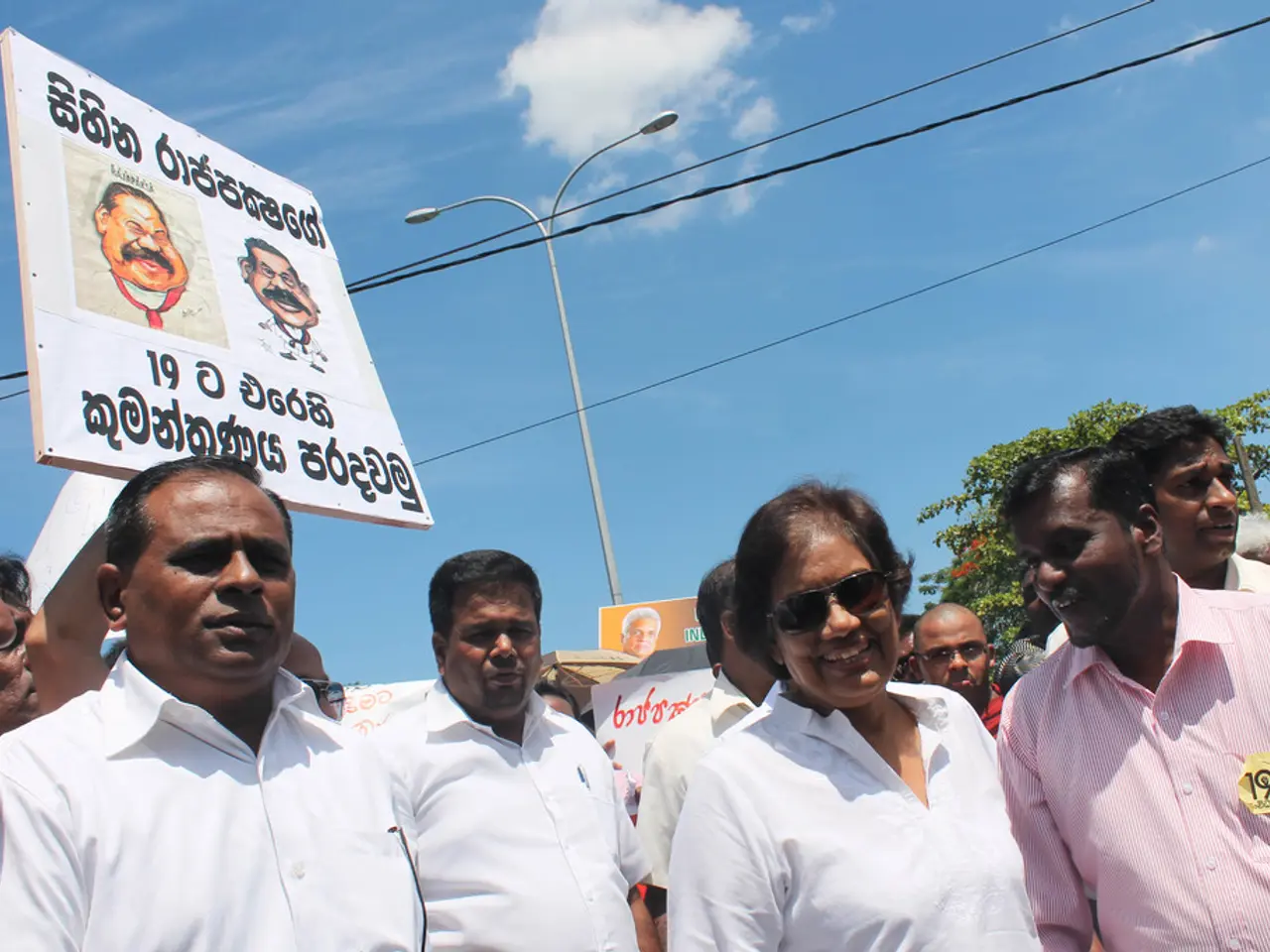Thailand and Cambodia Reach a 13-Point Agreement for a Temporary Truce
A significant step towards restoring peace has been achieved as Thailand and Cambodia have reached a 13-point ceasefire agreement aimed at de-escalating tensions along their shared border.
The agreement, formalised during a special ministerial session of the General Border Committee (GBC) in Kuala Lumpur, comes after a violent five-day conflict that ended in a ceasefire on July 28, claiming at least 43 lives and displacing over 300,000 people on both sides of the border.
The Thai delegation, led by Deputy Defence Minister Gen Nattaphon Narkphanit, and the Cambodian delegation, led by Gen Tea Seiha, formally signed the agreement, reflecting the consensus reached over three days of discussions.
Key provisions of the agreement include a complete and unconditional ceasefire, protective measures for civilians, a freeze on troop reinforcements and movements, facilitation of the return of displaced individuals, and the establishment of a bilateral rapid coordination team for immediate conflict resolution.
The agreement also includes commitments to refrain from provocations, violations of agreements, or territorial intrusions.
Role of ASEAN Observers
ASEAN, chaired by Malaysia in 2025, is tasked with monitoring the ceasefire’s implementation. ASEAN defense attaches, led by Malaysia, are deployed to observe both sides of the disputed border and ensure compliance with the ceasefire terms.
Their presence is intended to provide neutral, ongoing observation of troop movements and ceasefire adherence, helping to detect and prevent violations before they escalate. However, deep mistrust between Thailand and Cambodia may limit ASEAN’s effectiveness as a peacekeeper and gatekeeper in the fragile truce.
Diplomatic Interventions and Involvement of International Observers
Diplomatic interventions from China and Malaysia, as well as the United States, were instrumental in bringing the two nations to the negotiating table. The leaders of Cambodia and Thailand came to the table due to US President Donald Trump’s intervention, threatening to halt tariff negotiations unless there was peace.
International observers from China, the United States, and Malaysia (as the chair of ASEAN this year) were present during the negotiations.
Thailand's Appreciation and Future Talks
Thailand expressed appreciation for Malaysia's role as the ASEAN chair and its ongoing support in promoting regional peace. The Thai army chief, Gen Songwit Noonpakdee, and other top military officials participated in the GBC meeting.
Thailand and Cambodia have agreed to hold more talks in two weeks and again in a month.
The 13-point ceasefire plan between Thailand and Cambodia is a comprehensive agreement aimed at de-escalating hostilities along their shared border and restoring peace. The agreement and the role of ASEAN observers aim to stabilize the border, protect civilians, and rebuild trust. ASEAN plays a crucial but challenging role of impartial monitoring and facilitation of peace between the two nations.
- The agreement, signed by both Thai and Cambodian delegations, reflects the outcome of discussions heavily influenced by the role of politics, as diplomatic interventions from China, Malaysia, and the United States played a significant part in bringing the nations to the negotiating table.
- The ongoing peace process between Thailand and Cambodia is closely monitored by ASEAN, with ASEAN observers working diligently to maintain the ceasefire, report on violations, and ultimately foster trust, part of the general news coverage that follows war-and-conflicts resolution processes.







